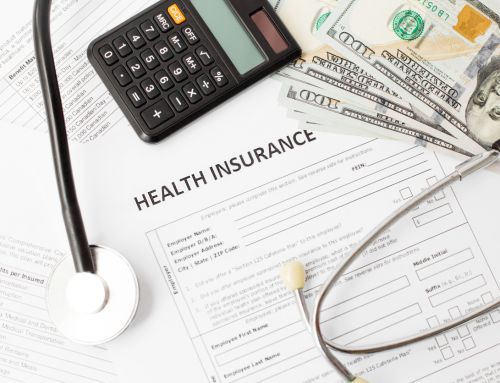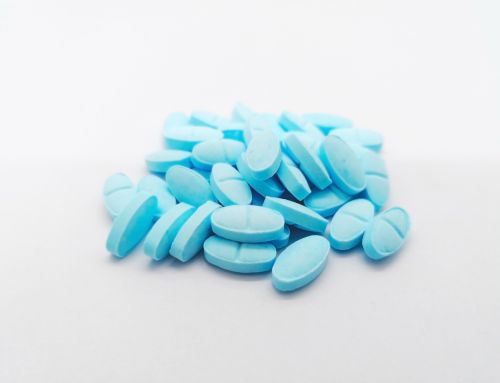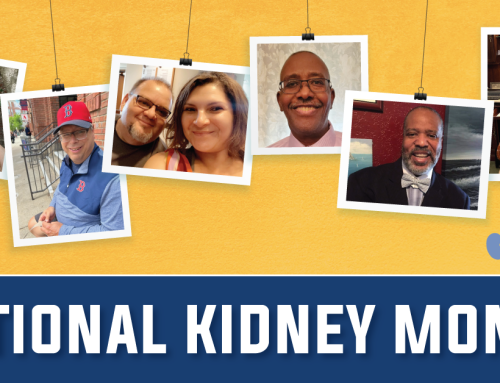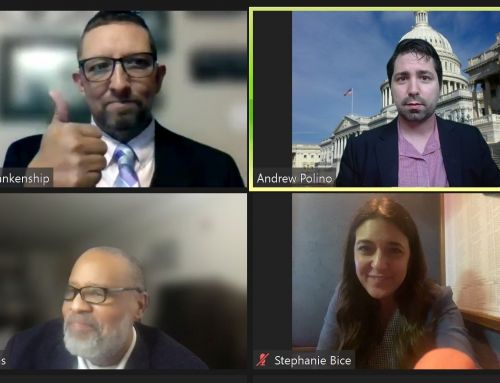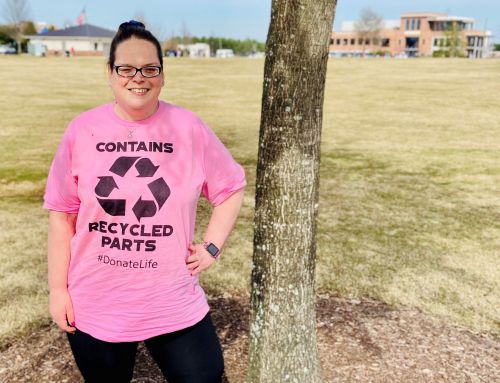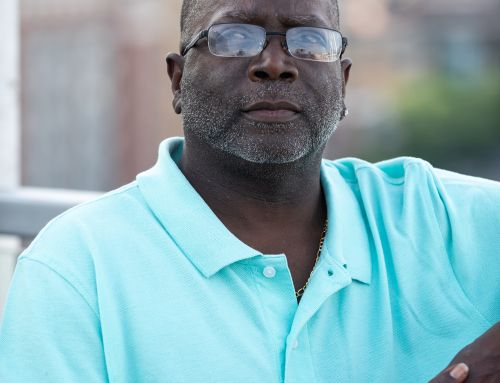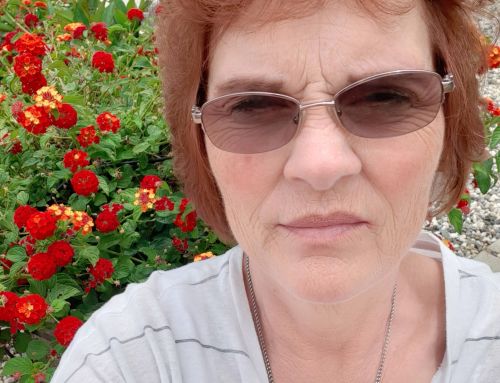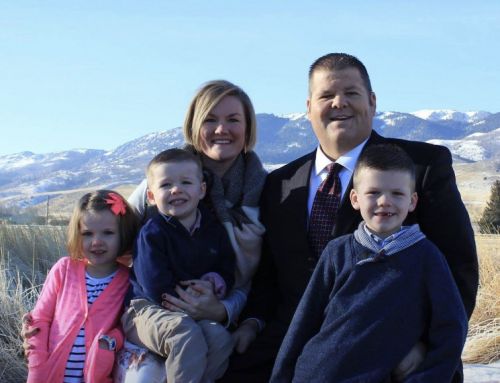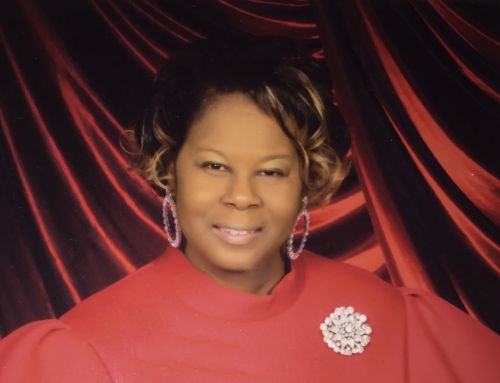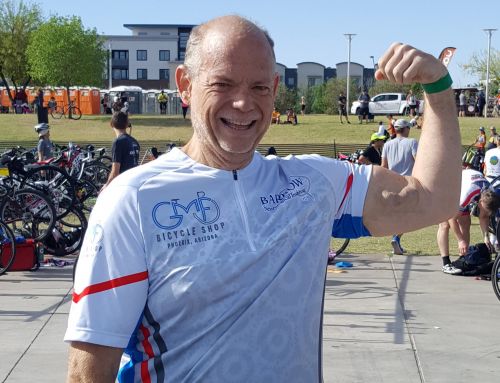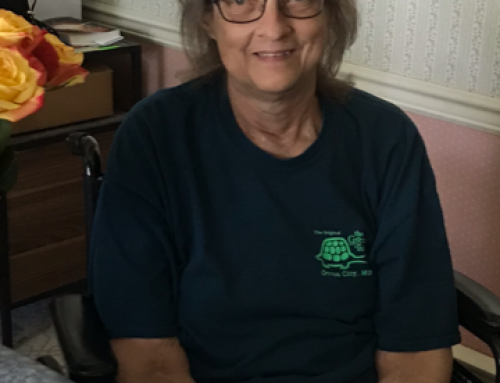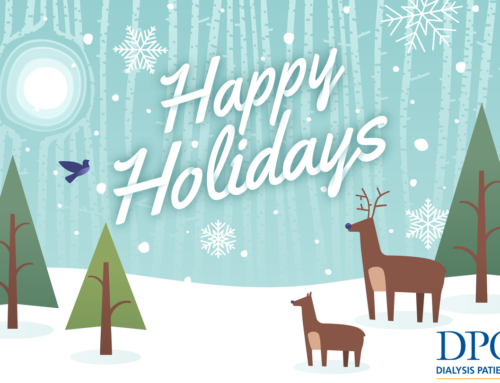 By James Myers, DPC Patient Ambassador
By James Myers, DPC Patient Ambassador
On the website for the Polycystic Kidney Foundation, there is an announcement about Giving Tuesday, December 3rd, 2013. It says you can give one of three ways: your voice, your time or your dollars. As a dialysis patient, I don’t know about you, but I don’t have any money. But two things that I have a lot of are voice and time, and I am more than happy to lend those to the cause of defeating PKD.
I can honestly say that having an invisible fatal illness has colored every decision that I have ever made since I was diagnosed over 40 years ago. In my family, I have lost a cousin, 2 aunts, and an uncle to PKD. I lost my father to PKD. He spend the last month of his life in the hospital until he slowly expired of congestive heart failure and renal poisoning all triggered by PKD. Two months after his death, I was diagnosed. I was 25, my future laid out for me; kidney failure, dialysis and death. Not pretty. Most people don’t know how they will die; I had a pretty good idea. The psychological aspects of this disease are under addressed. It has a way of making you feel very alone if you let it.
PKD is a genetic or inherited disease. It most commonly occurs in adults, but there is a version of PKD that affects only children. It affects both kidneys. In PKD, cysts, or fluid-filled pouches, are found primarily in the kidney but they can also affect other organs, including the liver, pancreas, spleen and ovary. Outpunching may occur in the walls of the large intestine and in the walls of blood vessels in the brain, where they may cause aneurysms. They may also be found in the abdominal wall, causing hernias. In addition, the valves of the heart may be involved, becoming floppy and resulting in a heart murmur in some patients.
There are some startling statistics that accompany PKD. PKD is the most common life-threatening genetic disease on the planet, affecting more than 600,000 Americans and an estimated 12.5 million people worldwide. PKD is twice as common as multiple sclerosis and 20 times more common than cystic fibrosis. PKD is the fourth leading cause of kidney failure. More than 50% of people with PKD will develop kidney failure by the age of 50, with dialysis or transplantation as their only options. It is estimated that one in 500 people have the dominant form of PKD (Autosomal Dominant PKD or ADPKD). The sad truth of this number is that it may be much higher, as people who have the disease choose to remain undiagnosed due to concerns about losing their health/life insurance or employment. It is found in all races and occurs equally in men and women. This includes newborns, children and adults. PKD is one of the most common life-threatening genetic diseases, affecting more people than Down syndrome, cystic fibrosis, muscular dystrophy, hemophilia, and sickle cell anemia—COMBINED! There is no treatment for PKD. And no cure. Until one is found, PKD will threaten the lives of every generation of every family living with the disease.
PKD equally affects men, women and children—regardless of age, race, geography or ethnic origin. It does not skip a generation. Likewise surprising is who is at risk for developing PKD? The adult type of PKD (also called autosomal dominant PKD or ADPKD) is passed from parent to child by an autosomal dominant type of inheritance. This means that only one copy of the abnormal gene is needed to cause the disease. Therefore, if one parent has the disease, each child has a 50-50 chance of developing the disease. The risk is the same for every child, regardless of how many children develop the disease. Boys and girls have the same chance of inheriting the disease.
The less common form of PKD (also called autosomal recessive PKD or ARPKD) is passed by an autosomal recessive pattern of inheritance. This means that both parents must carry the abnormal gene, and both must pass the gene to the child in order for the child to develop the disease. In this situation, every child has a 25 percent chance of developing the disease in a family that is at risk.
The other thing you must know about PKD is that it is very difficult to diagnose because it mimics other diseases and symptoms. It has a very slow, gradual onset. People who have inherited ADPKD often do not notice anything unusual until they are 30 to 40 years old. The first noticeable symptoms may include:
- high blood pressure
- back or side pain
- an increase in the size of the abdomen due to enlarged kidneys
- blood in the urine
- frequent bladder or kidney infections, kidney stones
High blood pressure is the most important treatable risk factor in PKD. Occasionally, patients may develop headaches related to high blood pressure or their doctors may detect high blood pressure during a routine physical exam. Finally, about 25 percent of PKD patients have a floppy heart valve, and some of these develop a fluttering or pounding in the chest as well as chest pain. These symptoms almost always disappear on their own but may be the first hint that someone has PKD.
The methods to diagnose PKD are tricky. Today, ultrasound is the most reliable, inexpensive and non-invasive way to diagnose PKD. Someone at risk for PKD who is older than 30 and has a normal ultrasound of the kidneys probably does not have PKD. Occasionally, a CT scan (computed tomography scan) may detect smaller cysts that cannot be found by an ultrasound.
At present, PKD cannot be diagnosed by a single blood test. However, in some situations where it is important to have a diagnosis (for example, if a family member wants to donate a kidney to an affected parent or sibling, and ultrasound and CT scans are normal), special blood tests on at least three family members can be done to get a diagnosis in the at-risk individual. This form of testing is called gene linkage analysis.
What are the effects to your kidneys if you develop PKD? The PKD Foundation describes it as devastating. Those who inherit PKD develop fluid-filled cysts in both kidneys. Over time, these cysts grow and multiply, causing the kidney to increase sometimes dramatically in size. Although a normal kidney is roughly the size of a human fist, PKD kidneys can grow to be the size of a football or larger and weigh as much as 38 pounds each. Pain in the area of the kidneys can be caused by cyst infection, bleeding into cysts, kidney stone, or stretching of the fibrous tissue around the kidney with cyst growth. A doctor will first evaluate which of these causes are contributing to the pain to guide treatment. If it is determined to be chronic pain due to cyst expansion, the doctor may initially suggest over-the-counter pain medications, such as aspirin or acetaminophen (Tylenol). Consult your doctor before taking any over-the-counter medication because some may be harmful to the kidneys, especially those containing Ibuprofen. For most but not all cases of severe pain due to cyst expansion, surgery to shrink cysts can relieve pain in the back and sides. However, surgery provides only temporary relief and does not slow the disease’s progression toward kidney failure. I have had a few of my friends on dialysis that had kidneys removed altogether. The bottom line here is that PKD is a painful disease that has a definite impact on the quality of your life.
Parents have a 50% chance of passing the disease to each of their children. Unlike other genetic diseases, it does not skip a generation. Because it is passed from one generation to the next, PKD often affects many people in one family.
PKD is particularly insidious as 10% of the people diagnosed with PKD have no family history of the disease, because PKD has developed as a spontaneous, new mutation. However, once you have it, you have a 50% chance of passing it along to your children. There is no treatment or cure for PKD.
It is particularly heart-breaking, but PKD affects children, including newborns and infants. Autosomal recessive polycystic kidney disease (ARPKD) affects 1 in 20,000 children. Unfortunately, it all too frequently causes death in the first month of life. For the ARPKD children that survive the newborn period, 70% or 1/3 will need dialysis by the age of 10. There is some good news. The prognosis for ARPKD children has improved recently. Only a short 20 years ago only half of the children born with the disease survived to their 10th birthday. Remarkably, this percentage has increased to 85%.
Not everyone with PKD develops kidney failure. I know this is true because I was able to put off dialysis for nearly 40 years! About 50 percent of patients with PKD will have kidney failure by age 60, and about 60 percent will have kidney failure by age 70. Certain people have an increased risk of kidney failure. They include:
- men
- patients with the most common form of PKD (ADPKD)
- patients with high blood pressure
- patients with protein or blood in their urine
- women with high blood pressure who have had more than three pregnancies.
The treatment of PKD is very subtle. There are some simple things that can be done to slow down or prevent the loss of kidney function. They include:
- careful control of blood pressure
- prompt treatment of any bladder or kidney infections
- lots of fluid and bed rest when blood in the urine is first noted
- a healthy lifestyle with regard to smoking, exercise, weight control, control of red meat and salt intake.
PKD is expensive. According to the PKD Foundation, PKD cost the federal government in excess of $2 Billion annually through Medicare and Medicaid costs for dialysis, transplantation, and related treatments.
Speaking of treatment, I followed with a nephrologist (kidney doctor) every 6 months, I took high blood pressure meds, had my urine and blood tested, limited the amount of red meat I ate, ate things like fish & chicken, more vegetables and fruit, tried to get adequate rest, and reduced stress in my life to the extent that I could. I think these things helped me as I really do not have other life-threatening health issues other than my kidneys. The National Kidney Foundation recommends a low-protein diet, reduction of salt in the diet to help control blood pressure and a diet low in fat and moderate in calories to maintain a healthy weight. Non-contact exercise is also recommended.
I confess to you that when my kidneys failed and I was put on dialysis, I was very angry. I definitely did not want to be there. I lost my job as a college professor and several friends disappeared. My worst fears had come true. But after I was at the clinic for a while, I began to realize this was not my Dad’s dialysis, and I was well-cared for and closely looked after. I also began to realize that I was a lot more fortunate than many of my clinic mates. Most of them were diagnosed very late in life; I had the benefit of an early diagnosis and excellent care by great doctors. Five people in my clinic are over the age of 90. Many come in and leave by ambulance, are in a wheelchair, walk with a cane or walker, are afflicted with diabetes on top of kidney failure, some have amputations. Some of my friends have passed in the two short years I have been here.
It occurred to me, who looks out for these people, who fights for them, who represents their interests? I became a kidney advocate. I applied and was accepted as an Advocate and Ambassador by the National Kidney Foundation, the Dialysis Patient Citizens, and the Polycystic Kidney Disease Foundation. I could put my talents as a lawyer and college professor to good use. I’ve been to Washington DC twice last year to talk to my Congressman and two Senators. They trained me. I’ve met with my local representatives too. I have given talks locally, been interviewed by the local press, and had videos made while taking dialysis. I started an online petition protesting the cuts to Medicare Dialysis patients. I have an online presence on Facebook and Twitter that I call Kidney Stories where I share other people’s kidney stories to help them find a donor for transplant purposes. While I am waiting for my own transplant, I try to help others. It is a very rewarding way to spend my time.
The PKD Foundation is like that too. Their legislative agenda for 2013 needs to be discussed on Giving Tuesday because so many people give their time and talents to advocate for others afflicted with PKD. I like the fact that we fight back. The advocacy in my life has given it meaning and purpose. I am glad to be a small part of that.
The Comprehensive Immunosuppressive Drug Coverage for Kidney Transplant Patients Act
If you are under the age of 65 and you have the miracle of receiving a transplanted kidney, under the current law, you may only receive payments for your anti-rejection drugs from Medicare for 36 months. Once the 36 months have passed, you are on your own. The medication prevents your body from rejecting your new kidney. If you suffer a rejection, then you only have one choice, to go back on dialysis. This comes at a great cost to the taxpayer and a lower quality of life for the patient. According to the PKD Foundation, Medicare spends an average of $77,500 per year for an individual on dialysis. After the first year transplant costs of $110,000 which includes the cost, Medicare spends $19,000 for a transplanted individual, primarily for the anti-rejection meds. That’s nearly a $60,000/yr savings. And it is definitely a better quality of life for that kidney patient. A transplant is not a cure for PKD, but it extends life and it is considered by most to be a blessing.
Legislation to Extend the Current Medicare Secondary Payor for End-Stage Renal Disease (ESRD) Patients
Dialysis patients have the option to continue with their employer group health plans as a primary payer for the first 30 months after their diagnosis. After that period your primary carrier ‘flips’ to Medicare and the patient must use Medicare as their primary insurer, even if their group policy offers better coverage. This legislation would give the patient the option to continue their primary insurance past the 30 month flip date. This would save the government money, as the CMS estimates that Medicare saves $8 billion annually on claims processed by insurances that are primary to Medicare.
Funding for NIH Research
The National Institute of Health (NIH) has been funding research for treating and preventing polycystic kidney disease. In 2011 and 2012, the NIH funded $42 million a year in PKD research. Since 1993, the NIH has funded nearly $485M. They are getting closer to a treatment and a cure for PKD.
Legislation to Preserve the Charitable Tax Deduction
Limits to the Chartable Tax Contributions are being considered by the current Congress. Since the PKD Foundation raises its entire operating budget each year from donations, this would be a devastating loss to PKD patients everywhere. 95% of the Foundation’s donors for 2012 were individuals, who in turn provided 70% of the Foundation’s total revenue. Limiting the charitable donations to the Foundation in turn limits the research work, education programs, support services for patients, families, and health professionals treating PKD patients.
I am very proud to be a part of these efforts. It is all that I have to give on Giving Tuesday, but I do so gladly and I am thankful because it gives my life as a dialysis patient purpose. The mission of the PKD Foundation is to promote programs of research, advocacy, education, support and awareness in order to discover treatments and a cure for polycystic kidney disease and to improve the lives of all it affects. Their vision is that one day, no one will suffer the full effects of polycystic kidney disease. On Giving Tuesday, I am happy to be a small part of that. The idea that someday no one will have to suffer the ill effects of PKD brings joy to my heart. If you are able, please donate to the PKD Foundation, give your time, and lend them your voice. Sign a donor card. Share your spare! Go to walk, attend an event, advocate for that organ donation cause that is your passion. Give the greatest gift of all; the Gift of Life.
One final note. Over Thanksgiving my son was home from Phoenix to see his old dad. For years I have worried that I had passed the disease along to him. I had a tremendous amount of unexpressed guilt. He was tested before he left Arizona. The tests came out negative. Happy Giving Tuesday. I remain your advocate!


